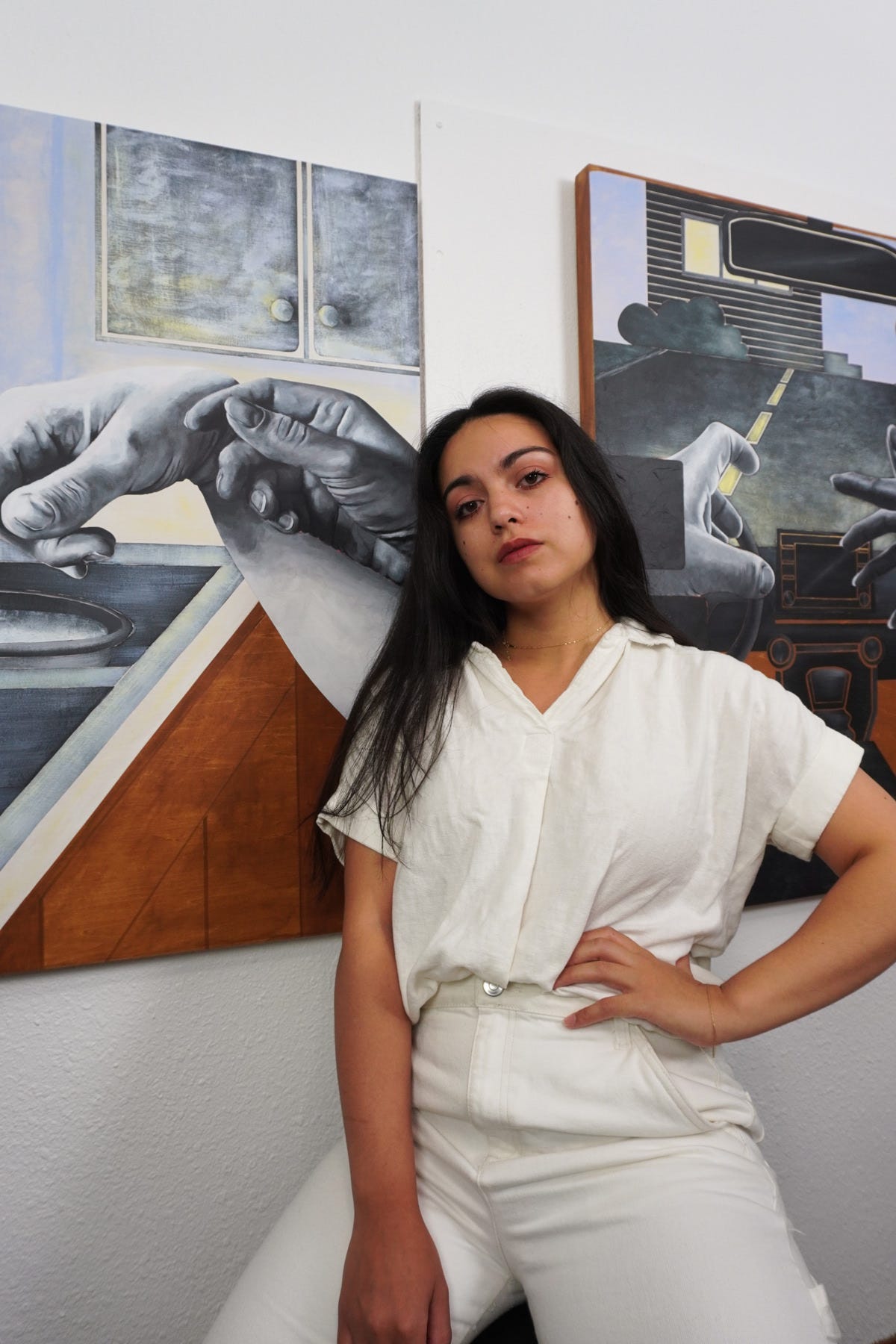April Werle: “I forced myself to feel things, getting used to those parts of myself again”
The artist on messages from her ancestors, disappearing cultural habits and perceptions of community
Hi, welcome back to Mixed Messages! This week, I’m speaking to artist April Werle, who is of mixed-Filipino and white American heritage. I came across April’s work on Instagram and was immediately drawn to her work. April depicts hands in order to have conversations about race and identity, often posting questions about her mixed heritage. With titles l…


